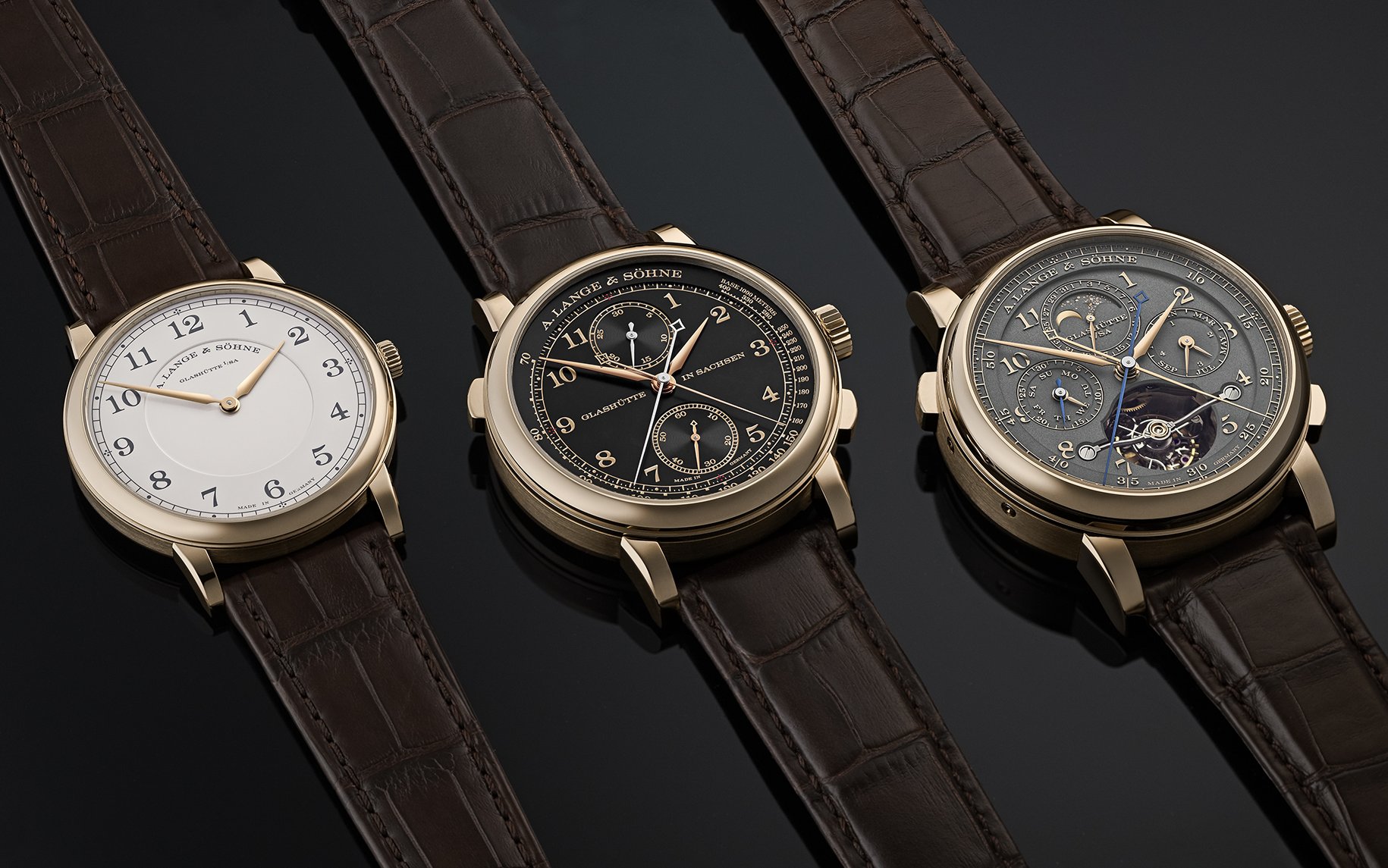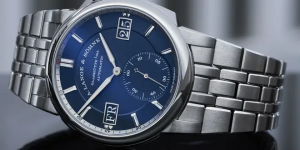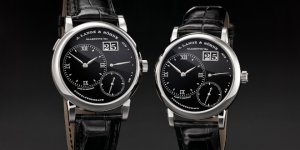Slim Tribute: A. Lange & Söhne 1815 Thin Honeygold
A. Lange & Söhne unveils a trio of special editions, Homage to F.A. Lange, to celebrate the 175th anniversary of the brand. We introduce the most reverent model.

Glashütte watchmaker A. Lange & Söhne unveiled a new trio of 1815 watches, a series of special editions called the Homage to F.A. Lange, to celebrate the 175th anniversary of the brand. All three Homage to F.A. Lange 1815 limited editions are in the A. Lange & Sohne-exclusive honey gold and bear specially finished movements and dials. The watches are the 1815 Thin Honeygold, 1815 Rattrapante Honeygold, and 1815 Turbograph Perpetual Honeygold.
The 1815 Thin Honeygold in particular is a new edition to the 1815 collection and we will be looking into it in depth here. It is also a particularly apt homage to F.A. Lange, and is reportedly available now. The other two will debut later this year, and they are available in a set (though they are not packaged nor properly sold that way).
The F.A. in “Homage to F.A. Lange” is a reference to brand founder Ferdinand Adolph Lange, of course, who got the story going 175 years ago. The brand has become an intrepid world traveller since then, with this latest reveal happening in China. Watches and Wonders is underway in Shanghai, and we can only look on while keeping our envy in check. Like A. Lange & Söhne CEO Wilhelm Schmid, we are only present digitally, given our own specific realities and the general difficulties with international travel. No matter though, we shall press on.


There are a few key differences in the watch itself, beyond the movement finishing, between the 1815 Thin Honeygold and the Saxonia Thin. First off, the 1815 collection is partly defined by its use of Arabic numerals, while other collections use Roman numerals or just markers. The dial in the 1815 Thin Honeygold is a two-part enamel affair and of course the hands are in honeygold too. That exquisite enamel dial makes the 1815 Thin Honeygold marginally thicker than its Saxonia cousin (6.3mm versus 5.9mm), although this is admittedly relatively trivial.

A. Lange & Söhne 1815 Thin Honeygold Specs and Price
Movement Manual winding calibre L093.1; 72-hour power reserve
Case 38mm in honeygold (limited to 175 pieces); water-resistant to 30m
Strap Brown leather (prong buckle in honeygold)
Price S$49,900
By Ashok Soman







